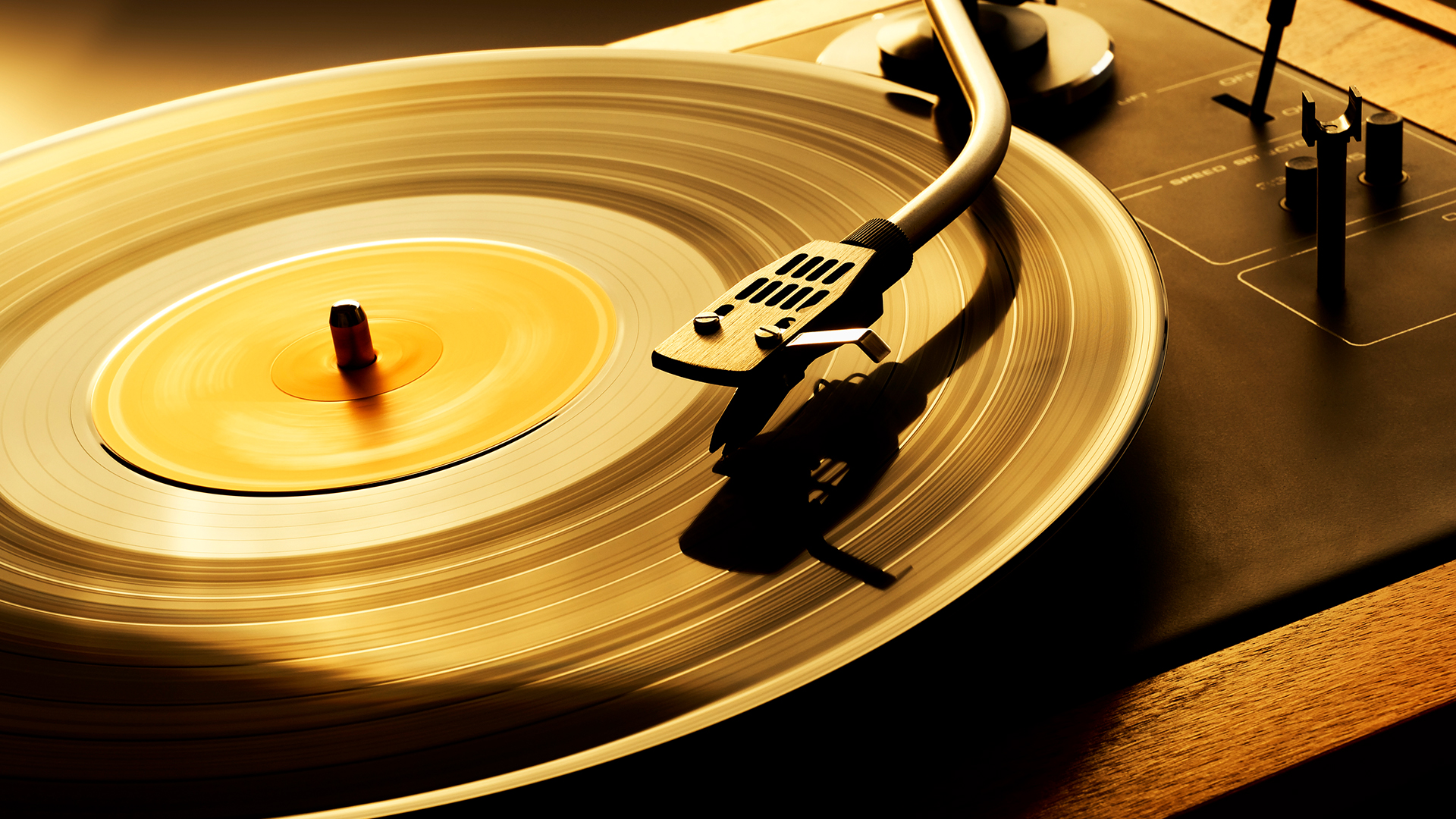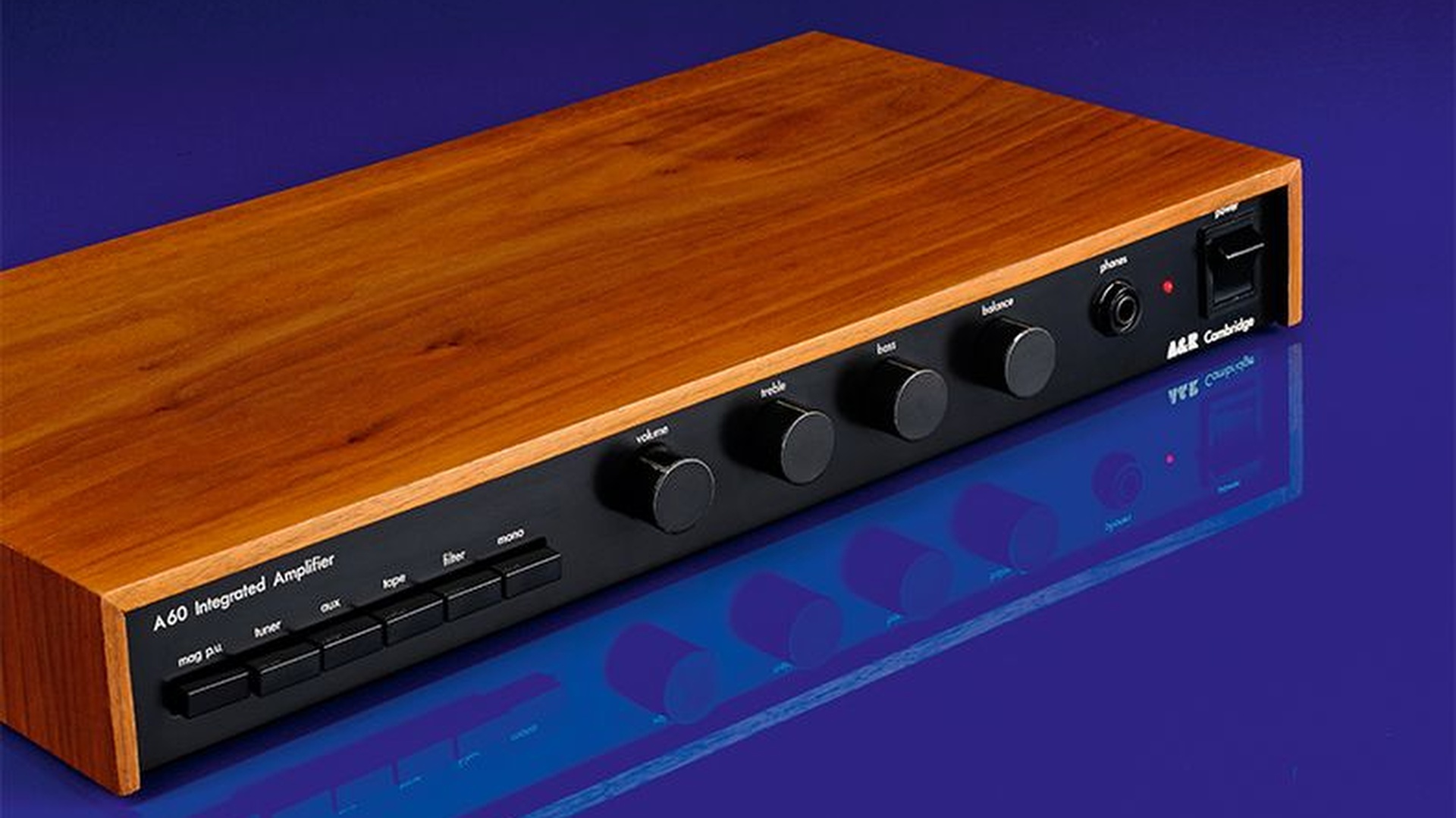Why the 1970s were the perfect time to start a British hi-fi company
Linn, Naim, Rega, QED – many British hi-fi brands celebrate their 50th anniversary this year

What do Linn, Naim and Rega all have in common? Well, they are all British hi-fi brands. And they have all manufactured a turntable and amplifier. Indeed, there are plenty of answers to this question given the huge swathes of overlapping products the companies produced over the years. But no, I’m getting at something more specific, and that’s the year all three of these venerable manufacturers were founded – 1973. 50 years ago this very year.
Allow a little latitude and expand that a few years on either side and you can include Arcam (1976, when it was called A&R Cambridge), NAD (1972) and Monitor Audio (1972) in that group. QED is another with a 1973 birthdate. And those are just the British brands! I’m sure that list would grow exponentially were we to start looking beyond the UK’s shores.
This got me thinking, was there something special about that time which encouraged people to start hi-fi companies, or was it all just a happy coincidence? For What Hi-Fi?'s British Hi-Fi Week, I asked some of the wiser and more mature members of the industry and received a surprisingly wide range of answers that considered all aspects of life at that time...

Quite fittingly, it starts with music. Do a quick Google search of the best albums of the 1970s and you’ll probably be as shocked as I was at the number of them that are considered musical landmarks. The list includes Stevie Wonder’s Innervisions, Dark Side of the Moon by Pink Floyd, and David Bowie’s The Rise and Fall of Ziggy Stardust, to name just a few. The availability of such brilliant music must have been a strong driving force for the success of the audio industry with music fans wanting to hear every last detail of their favourite recording.
Let's not forget that stereo was only recently established then, and artists were still learning to make the most of this new format. Music production was becoming more sophisticated and many were experimenting with the new musical experiences two channels of sound could bring. The three-dimensional nature of a proper stereo system must have seemed light-years ahead of the mono radiograms people were used to when listening to such recordings. It is no wonder that the demand for hi-fi boomed during this period.
The move from old-fashioned radiograms to stereo systems also gave new manufacturers an easier route into the market. They could now specialise in just one part of the audio chain, which over time gave rise to the separates market we all know and love.
No longer did a start-up company need expertise in multiple disciplines, something which made it easier to enter the market with a dedicated product. It allowed the likes of Naim and Arcam (then known as A&R Cambridge) to come to the market with just a single amplifier initially. In Arcam's case that was the A60 integrated and for Naim, the NAP160 power. In both instances, these standalone products were successful enough to establish the companies as serious contenders in the market.
The latest hi-fi, home cinema and tech news, reviews, buying advice and deals, direct to your inbox.
Splitting the system into its component parts opened the door to easy upgrading. You could now improve the system's sound by changing just one part at a time, making it more affordable and practical to do. Naturally, this was ideal for audio manufacturers who could now make a range of components at different price levels designed to offer logical steps up the performance ladder. We know, of course, that the more expensive products didn't always end up sounding better – but the idea was sensible enough.

A little less specifically, it seems there was a general drive for higher sound quality at the time that was inspired by the BBC. The corporation had a revered engineering department and there was a great deal of emphasis put on improving the audio quality of broadcasts and productions.
That engineering department did a great deal of research into speaker design through the 70s and some of the engineers involved went on to form their own speaker companies. The most well-known examples are probably Spencer Hughes, who with his wife Dorothy started Spendor, and Dudley Harwood, the founder of Harbeth. On a side note, Harwood's wife was called Elizabeth. He, just like Spencer Hughes had done earlier, combined part of his own name with his wife's to come up with the name of the company. Sweet.
The likes of Spendor, Harbeth and Rogers still make products that are heavily inspired by the BBC’s thinking. We've reviewed a number of the Spendor Classic products, such as the Classic 2/3 and Classic 1/2, and can still hear plenty of merit in the engineering philosophy.
Rapidly changing technology also played a huge part in the growth of the audio industry. The move from valves to transistors in electronic circuits made for smaller, cooler running amplifiers that had more power. They could also be manufactured more cheaply, and that made products more accessible. The 70s was also when big Japanese brands such as Sony, Panasonic, Sansui and Akai took advantage of improved trade and made a massive impact on how hi-fi was perceived and sold.
These companies had a huge influence in driving the market at the time, to the extent that it was widely accepted that buying a hi-fi ranked as high as third on people’s priority list following the acquisition of a house and a car. In a world where smartphones, computers and game consoles didn’t exist, and holidays abroad were seen as exotic things only the wealthy could do, it seems a fair conclusion.

Lastly, we need to consider the music formats available. For decades the main source of music for the masses was radio. The mass adoption of cassettes gave people greater freedom to choose the music they heard, particularly in situations where records were impractical to use. Cassettes were also so much cheaper and less fiddly than the large reel-to-reel tape machines that existed at the time.
It is true that sound quality wasn't a patch on the reel-to-reel players of the time. After all, the cassette was originally developed by Philips to record voices for dictation purposes. But things did improve with extra development and the introduction of the Dolby B noise reduction system lifting performance to decent levels. Though anyone old enough to have used one will remember the frustration when the tape inside the cassette got tangled up in the player's transport mechanism.
The sales of vinyl records were huge during the 70s, too. Between them, cassettes and records covered almost every domestic use case from portable audio to newly emerging cutting-edge high-end stereo systems. This clear and logical set of circumstances made it easy for buyers to get exactly the right sound equipment for their needs and avoided the confusion arising from the various format wars we've had since then. Sales in all areas of hi-fi and audio boomed, predictably.
This huge demand meant there were more manufacturers and more shops selling the products. During the 70s there were streets devoted to selling sound equipment in London, and we have no doubt the same is true for every major city in the world. For a time London's Tottenham Court Road and Edgware Road were packed full of such shops. Huge audio chains such as Laskys existed on many high streets, meaning that good hi-fi was easily accessible to all. Nowadays, customers have to travel far and wide to find such access and the range of products stocked by most dealers is limited in comparison.
Put all these disparate points together and it is abundantly clear that during the 70s the conditions for ambitious hi-fi start-ups to succeed were hugely favourable. Given the longevity and brilliance of many of the brands that were founded back then, it is clear that the solid foundations laid down at the time have proved sturdy enough to last the decades.
MORE:
Read our features for British Hi-Fi Week 2023, a celebration of audio tech past and present
Missed the Bristol Hi-Fi Show 2023? See all the news and highlights
Looking for class-leading kit? See all the What Hi-Fi? Award winners!

Ketan Bharadia is the Technical Editor of What Hi-Fi? He has been reviewing hi-fi, TV and home cinema equipment for almost three decades and has covered thousands of products over that time. Ketan works across the What Hi-Fi? brand including the website and magazine. His background is based in electronic and mechanical engineering.
